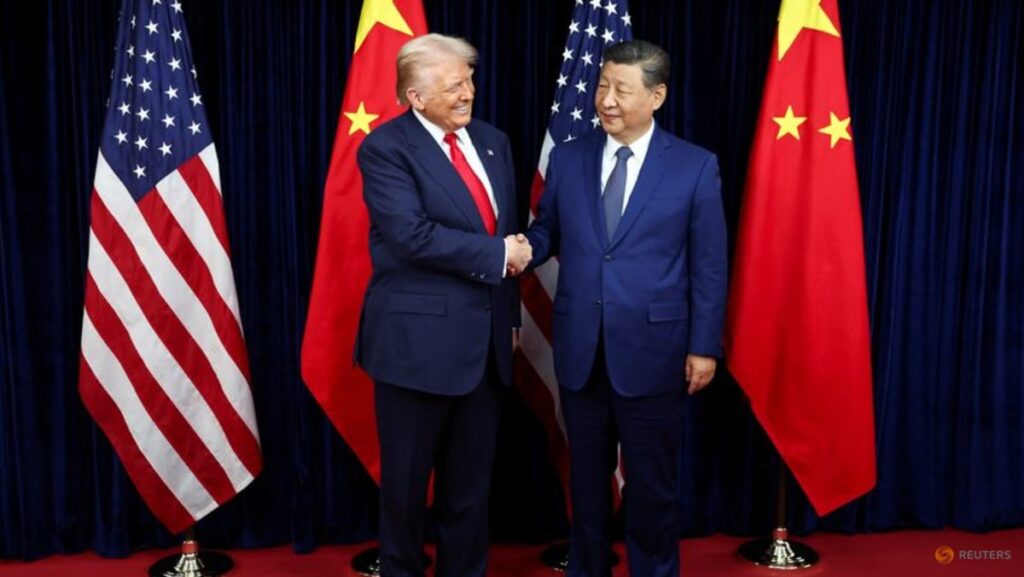Meanwhile, the US lurched toward containment: Mr Trump’s first-term trade salvos in 2018 and former President Joe Biden’s “high fence, small yard” tech clampdowns were all aimed at throttling China’s economic, technological and military momentum, via alliances and export chokepoints.
The irony? Containment flopped. China’s technological and industrial upgrading continued, and Beijing’s leverage over critical supply chains – rare earths among them – became more salient.
It is in this context that Mr Trump’s current G2 rhetoric should be read.
A G2 OF CO-EQUALS
Beijing’s official reaction to the G2 label has been muted, but the underlying logic is hardly unwelcome in Zhongnanhai.
Beijing’s own thinking has evolved as well. For over a decade, Mr Xi has argued that the world is big enough for China and the United States to coexist as equals, a framing far removed from the hierarchical G2 some in Washington envisioned two decades ago.
If Busan is the beginning of G2 2.0, it is a G2 of co-equals, not patron and junior partner.
There are, however, hard constraints. Mr Trump’s G2 instincts are not new – he said last December that China and the United States “can together solve all of the problems of the world” – but his political style is mercurial.
The same feed that praises a G2 today can excoriate China tomorrow. That volatility partly explains Beijing’s cautious tone. Structural problems also lurk beneath the surface of the relationship: a ballooning US trade deficit with China; enduring US restrictions on high-end chips and tools; data security and platform governance; and, above all, Taiwan.
Without a broader understanding that addresses these issues, any G2 dynamic will be episodic.
https://www.channelnewsasia.com/commentary/us-china-g2-trump-xi-trade-tariff-truce-5444476


